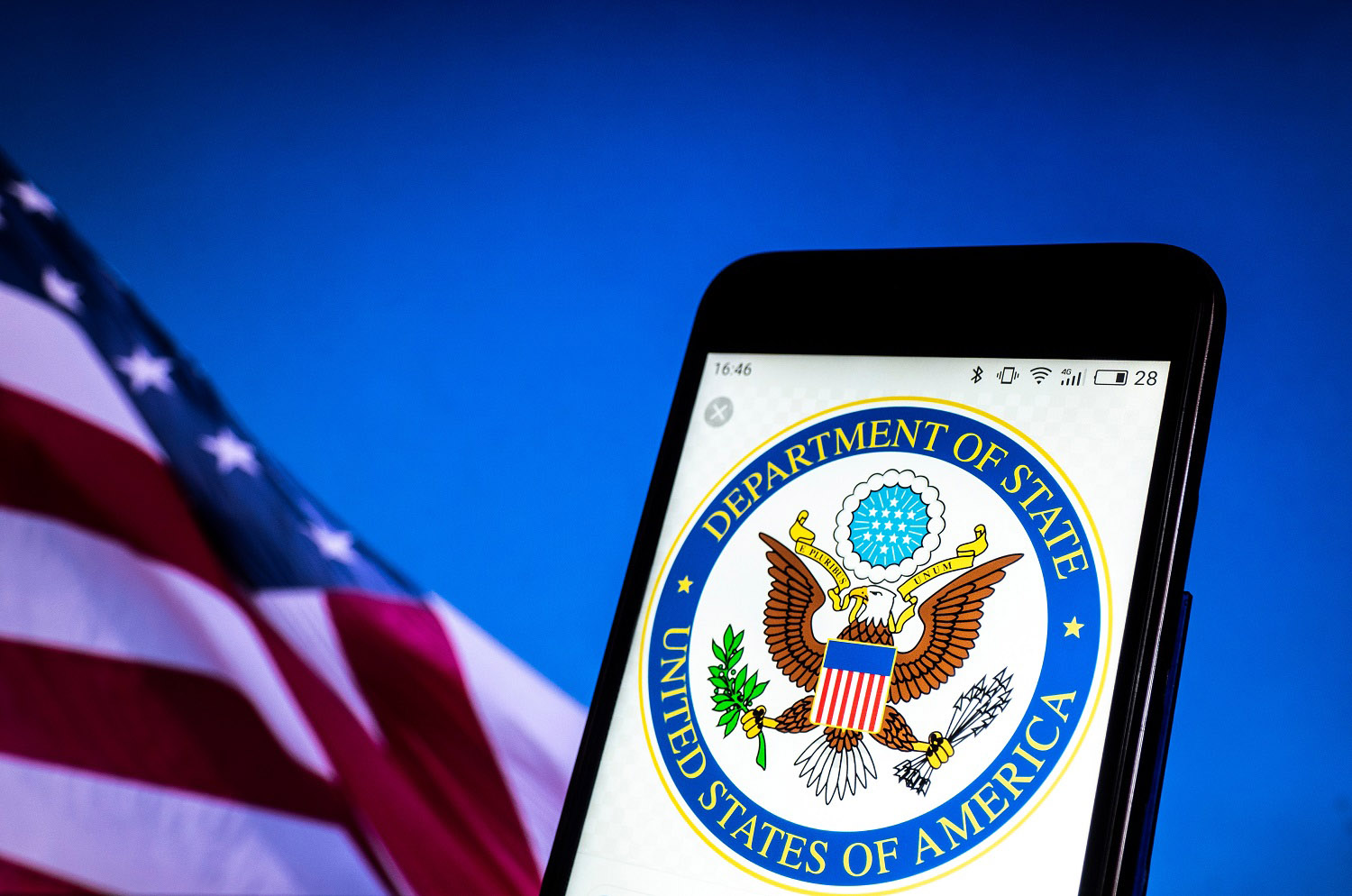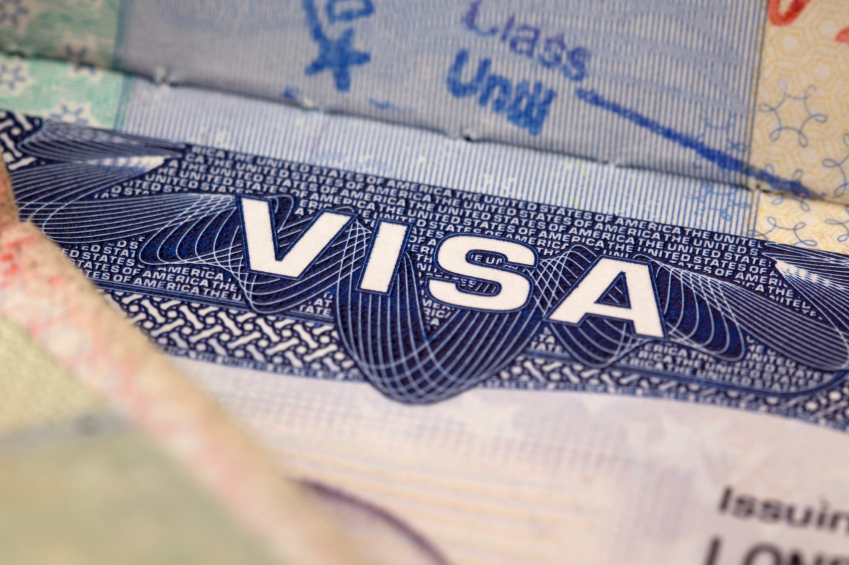Are our foreign affairs agencies prepared to mitigate threats to global security and advance US interests? That’s the central question the Quadrennial Diplomacy and Development Review (QDDR) must answer. And although the report is filled (literally, filled) with ideas for small improvements, there’s little in it that (a) identifies the reasons State and USAID are falling demonstrably short of the admirable ambitions outlined in the report, and (b) offers real, and sufficiently grand, solutions for addressing them.
To be clear at the outset, that is no knock on the QDDR team. You can’t do any better than people like Tom Perriello and Caroline Wadhams. They’ve seen USG challenges up close and are keen evaluators of our strengths and deficiencies. I imagine they were operating under constraints — nothing that would require legislative action, nothing that would be too big a lift in the agencies. I also suspect they encountered the twin mantras of institutional resistance: “That’ll never work” and “We already do that.”
Our foreign affairs architecture faces tremendous challenges. The lessons of Haiti, Pakistan, Afghanistan and Iraq; the US response to the revolutions in the Middle East; and the emergence of ISIS are just a few examples that point to deep institutional constraints that consistently foil US ambitions. That’s the QDDR I wish someone would do. A no-holds-barred review of the failures of those endeavors would reveal some common themes: We simply do not have the right capacity, structure, processes and policies to predict, plan and execute appropriate responses to today’s challenges.
For example, on capacity: We lack, at critical mass, the people with the skills for today’s challenges and today’s solutions. The basic model of the foreign and civil service remain the same: you join out of graduate school, you work in government until you retire, and you interact largely with government counterparts. How does that prepare you to understand and interface with civil society, the private sector, drivers of conflict and progress, and other social, political, and economic forces that shape stakeholder incentives? How does that prepare you to leverage these forces to influence outcomes on behalf of the US? Short stints in the outside world, as the QDDR suggests, or opening windows for a few more outside experts to creep in won’t solve this problem. It requires a wholesale overhaul of how we recruit, train, and retain people; and how we use and empower experts where we have them.
Further, on structure and process: There are simply too many agencies involved with too little leadership empowered to arbitrate among them to set specific and limited objectives; gather appropriate views and evidence; determine the alignment and efficacy of interventions with objectives; and reach across program budgets to access the resources required for present priorities. Just think: Tunisia had a revolution and we sent them the Peace Corps. I credit the QDDR with elevating analysis and data. But it’s not as though it doesn’t exist currently — it just doesn’t get used, or entities present conflicting views without a basis for resolution. I also credit the QDDR with noting the constraints of budget inflexibility — but again, the resources exist, there just isn’t anyone except those at the very top empowered to say we are going to stop, for example, tinkering with the pyramids right now because what we really need to do is support a successful post-revolution transition.
When the Department of Defense does its Quadrennial Defense Review, it’s a clear-eyed assessment of the threat environment and the institutional shifts necessary to respond to it. Fewer planes, more drones. Less rank-and-file, more special forces. Real, and often painful, institutional shifts. It’s conducted by teams of analysts and experts, and linked to resource allocation. It took them awhile to get the process right, so at the end of the day, perhaps the most valuable thing about this QDDR is that it’s the second one. Because this QDDR takes a rather rosy view – here’s what we should do, here’s how we are doing that already, and here are a few tweaks to take it even further – it’s the “we already do that” QDDR.
But unless you think that “experiment[ing] with systems thinking and human-centered design” will prepare the US to beat back the provocations of the world’s remaining dictators, contain the dysfunction and chaos of the world’s conflict regions, and deny ground to violent groups who seek to further destabilize countries and terrorize citizens, you’d have to conclude that this QDDR doesn’t do enough.
CGD blog posts reflect the views of the authors, drawing on prior research and experience in their areas of expertise.
CGD is a nonpartisan, independent organization and does not take institutional positions.




